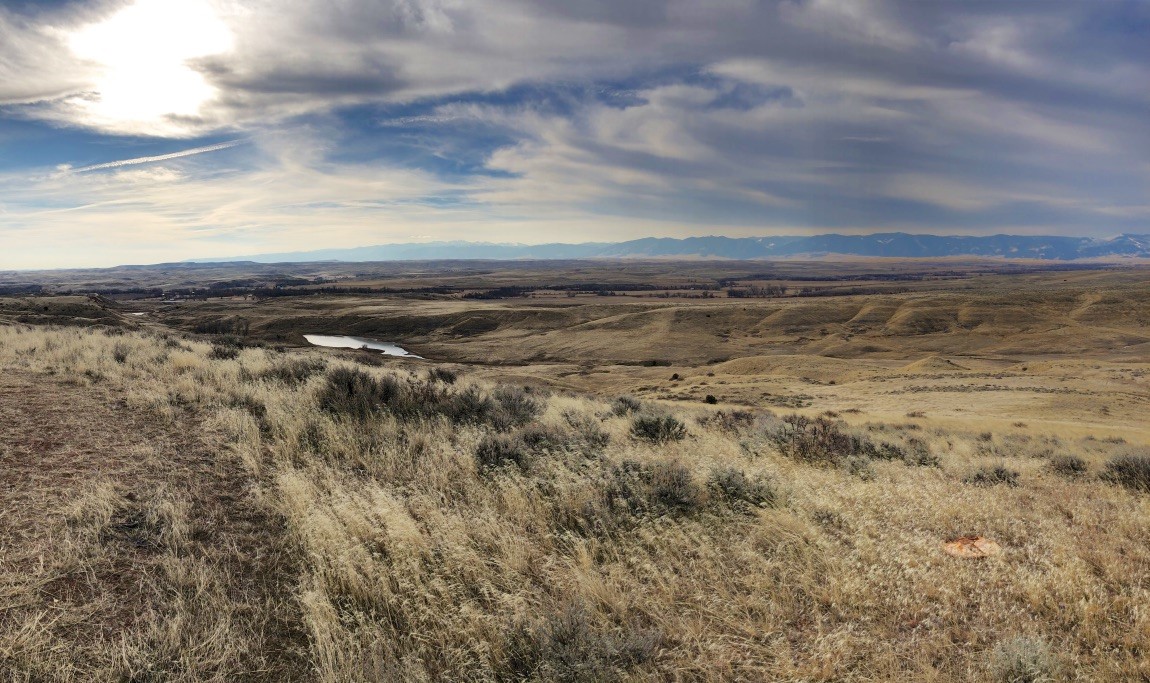Matt Damon: Broken Promises
By Marin Katusa
After Gaslands won praise for its attacks on the use of hydraulic fracturing (“fracking,” for short) in natural-gas production despite its numerous factual errors (you can read our objections here), many other filmmakers decided that fracking was easy pickings for attacks.
The latest film? Promised Land, starring Hollywood A-lister Matt Damon. In fact, Matt Damon even wrote the screenplay for the movie.
Unfortunately for Matt, the movie was not liked by critics (54 out of 100 on Metacritic) and did poorly in the box office (tenth place in its opening weekend). Unfortunately for the shale industry, many people are still going to take the movie at face value and denounce everything to do with fracking as if it were a satanic cult.
We don’t want to spoil the movie for you (even though there is not much to spoil), but we will highlight the most ridiculous claims made by the characters in the film and explain how they are wrong.
Myth 1: Frac fluid gets into drinking water
It is important to note that frac wells are only open to the surrounding rock at their target depth. This often means more than 5,000 feet underground, and sometimes as deep as 18,000 feet below the surface. In contrast, the aquifers that we tap for drinking water are at about 500 feet. This means the frac fluid would need to travel three miles up through potentially impermeable rock in order to reach the water table.
Even the former head of the EPA, Lisa Jackson, stated, “in no case have we made a definitive determination that the fracking process has caused chemicals to enter groundwater.”
Myth 2: Fracking makes drinking water flammable
Critics of fracking often point to the picture in Gasland, where a man was able to set fire to his tap water due to the methane concentration within. This was immediately blamed on the oil and gas industry and hydraulic fracturing. Further investigation, however, noted that the methane did not come from natural gas, but rather from the coal seams in the region.
Gas contamination of aquifers occurs naturally, and has so far not been attributed to shale gas production.
Myth 3: Fracking would “scorch the earth beneath our feet”
The most iconic scene in the movie is when a toy barn was set on fire by an environmentalist to illustrate the effects of fracking on the local environment. His argument was that since the flammable liquids get into the “water you drink, the water the cows drink, and the water your puppies and kittens drink,” everything will be set on fire if the oil and gas companies have their way.
The ridiculousness of the argument aside (cows don’t spontaneously combust), it is important to note that oil and gas companies do need to conduct their business. How would it help them if everything was set on fire?
Myth 4: Fracking would usher in the end of days
OK, the movie did not actually say this, but we imagine that this was the next logical step to their arguments.
Overall, like Gaslands, Promised Land is another tired attack on the fracking process, which has singlehandedly turned around the oil and gas production in the United States. In any scenario where the United States becomes energy independent, fracking and the production of unconventional oil and gas will have to play an extremely important part.
One way or another, America has to come to terms with the fact that fracking is here to stay, with or without Matt Damon.
Is your portfolio being taken to the Promised Land? Or is it instead apparently doomed to wander in the desert for the next forty years?
{{ commodity.name }}
{{ post.title }}
{{ post.date }}

Comments